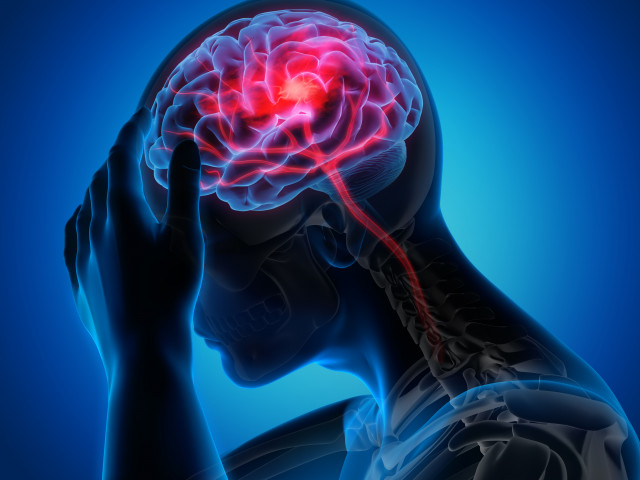
[ad_1]
The headaches, confusion and delirium experienced by some patients diagnosed with COVID-19 may be the result of a coronavirus infection in the brain, according to a preliminary study cited by AFP. The study provides clues that support what was until now just a largely unproven theory, Agerpres reports.
According to the study, led by immunologist Akiko Iwasaki from Yale University in the United States, the virus can multiply within the brain and its presence in the thinking organ deprives neighboring cells of oxygen.
The frequency of these cases is not yet known.
The director of the Department of Neurology at the University of California, San Francisco, S. Andrew Josephson, praised the techniques used in the study, saying that “understanding whether or not there is direct viral involvement in the brain is extremely important.” The specialist added, however, that he remains cautious until the research is evaluated by the scientific community.
The fact that Sars-CoV-2 can cross the blood-brain barrier, a structure that surrounds blood vessels in the brain and attempts to block foreign substances, is not entirely surprising, notes AFP.
However, doctors believed that these neurological consequences seen in about half of hospitalized COVID-19 patients could be the result of an abnormal immune system response, called a “cytokine storm,” that causes brain swelling rather than an invasion of the virus into the brain.
Akiko Iwasaki and her colleagues decided to tackle this problem in three ways: infecting laboratory-created mini-brains (brain organoids), infecting laboratory mice, and examining the brains of patients who died from COVID-19.
In the case of brain organoids, the researchers found that the virus could infect neurons and then “hack” the way nerve cells work to multiply. The infected cells caused the death of neighboring cells, depriving them of oxygen.
One of the main arguments against the theory of direct brain invasion was that the organ of thought does not have high levels of a protein called ACE2, to which the coronavirus attaches and which is found in abundance in other organs, such as the lungs. However, the team found that the organoids had sufficient levels of ACE2 to facilitate penetration of the virus and that the proteins were also present in the brains of deceased patients.
The team also examined two groups of mice: samples from one group were genetically modified to have ACE2 receptors only in the lungs and those from the second group only in the brain. Mice infected in the lungs had lesions in this organ. Rodents infected in the brain have lost weight and died quickly, a potential sign of lethality when the virus enters the brain.
The brains of three patients who died from severe complications of COVID-19 also had varying degrees of the virus.
Editing: Alexandru Costea